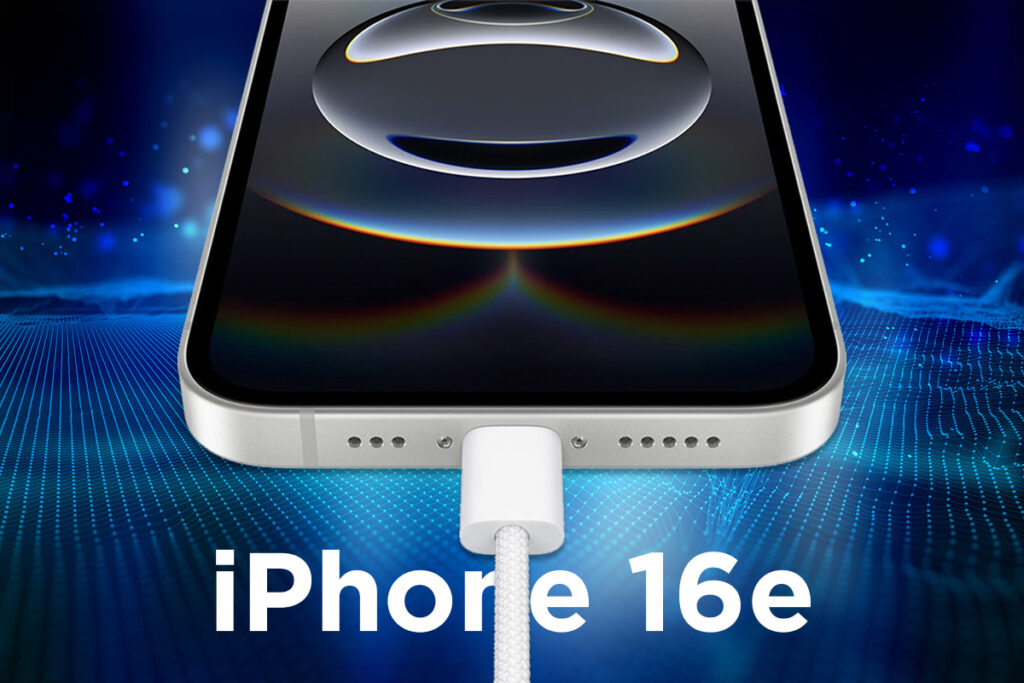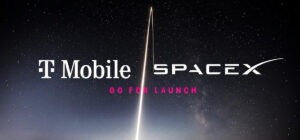
Apple has officially launched the iPhone 16e, a budget-friendly addition to the iPhone lineup. While the device offers a powerful A18 chip and a 48MP camera system, one noticeable omission is MagSafe. Apple has justified the decision by citing the target audience’s preference for wired charging, but is this a dealbreaker? Let’s dive into the details.
Why Did Apple Remove MagSafe?
MagSafe, introduced with the iPhone 12, enables faster wireless charging and allows for magnetic accessories. However, Apple claims that users in the 16e’s price bracket primarily charge their devices using traditional cables, making MagSafe redundant for them. Instead, Apple has opted for a USB Type-C port, replacing the Lightning connector.
The iPhone 16e supports only 7.5W Qi wireless charging, a significant downgrade from the 15W MagSafe charging on the standard iPhone 16 and the 25W MagSafe charging on the iPhone 16 Pro. Apple believes that most budget-conscious users rely on wired charging, allowing them to cut costs by removing MagSafe.
No Ultra-Wideband? Apple Explains
Another missing feature is Ultra-Wideband (UWB), which enables precise location tracking for AirTags and seamless device connectivity. Apple justifies this removal by stating that the majority of iPhone 16e users are unlikely to utilize UWB features, making it an unnecessary cost driver.
iPhone 16e Pricing: Is It Worth It?
With a starting price of $599, the iPhone 16e is the most affordable entry into Apple’s ecosystem. However, older models like the iPhone 15 ($699) and the latest iPhone 16 ($799) frequently go on sale, offering additional features like MagSafe and UWB at competitive prices.
For users who prioritize affordability and wired charging over premium features, the iPhone 16e remains a solid choice. However, those looking for MagSafe, Dynamic Island, and UWB may find the extra investment in a higher-end model worthwhile.
Apple Explains Why MagSafe Was Left Out of iPhone 16e
In response to criticism, Apple clarified through John Gruber at Daring Fireball that the exclusion of MagSafe was a deliberate decision. According to Apple, most users in the 16e’s target audience prefer wired charging, and the removal of MagSafe aligns with their needs.
While the iPhone 16e still supports Qi wireless charging, the experience is inferior. Without MagSafe, users must ensure precise placement on Qi chargers, and charging speeds are significantly slower. MagSafe offers up to 25W charging on the iPhone 16, whereas the iPhone 16e’s Qi charging maxes out at 7.5W.
Qi2 Support? Not on the iPhone 16e
Apple’s MagSafe technology contributed to the development of Qi2, the latest wireless charging standard that integrates some MagSafe-like benefits. However, the iPhone 16e does not support Qi2, further limiting its wireless charging capabilities.
Stick to Wired Charging
Apple’s marketing materials emphasize USB-C wired charging as the preferred method for the iPhone 16e. Charging with a cable is always faster and ensures efficiency, making it the most practical option.
Moreover, StandBy mode, a feature that transforms an iPhone into a smart display while charging, works best with MagSafe. Without MagSafe, iPhone 16e users miss out on this convenient feature.
Final Thoughts: Should You Buy the iPhone 16e?
For users upgrading from older iPhones like the iPhone 11, iPhone 12, or iPhone SE, the iPhone 16e offers a modern design and a powerful A18 chip at an affordable price. However, if you frequently use MagSafe accessories or prefer wireless charging, the lack of MagSafe could be a major downside.
Ultimately, the iPhone 16e is a well-rounded option for budget-conscious buyers who don’t mind wired charging. But for those who value features like MagSafe, UWB, and Dynamic Island, spending a little extra on an iPhone 15 or iPhone 16 might be the better choice.
Would you consider buying the iPhone 16e, or do you think Apple should have included MagSafe? Let us know your thoughts!





1 thought on “iPhone 16e: Affordable but Compromised – No MagSafe, No UWB”